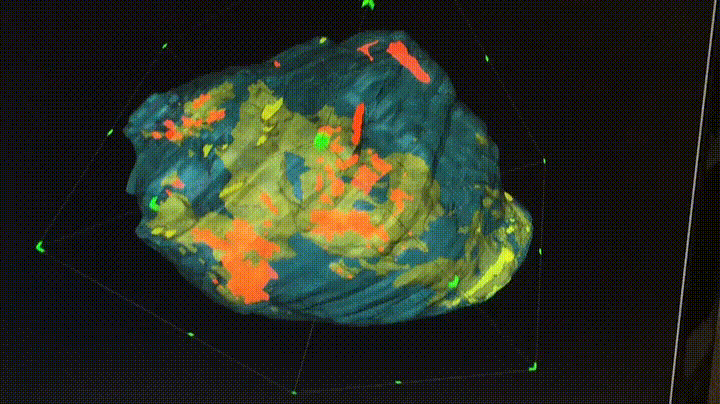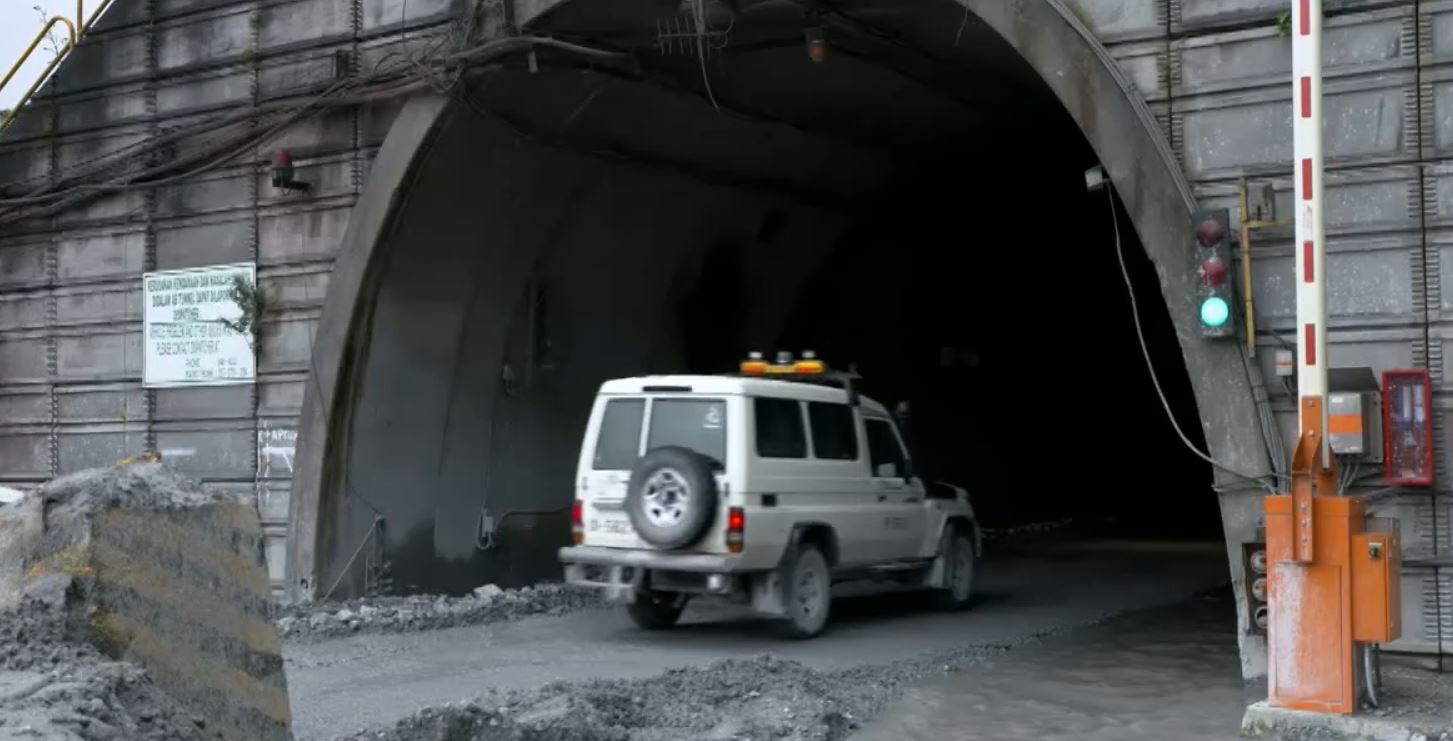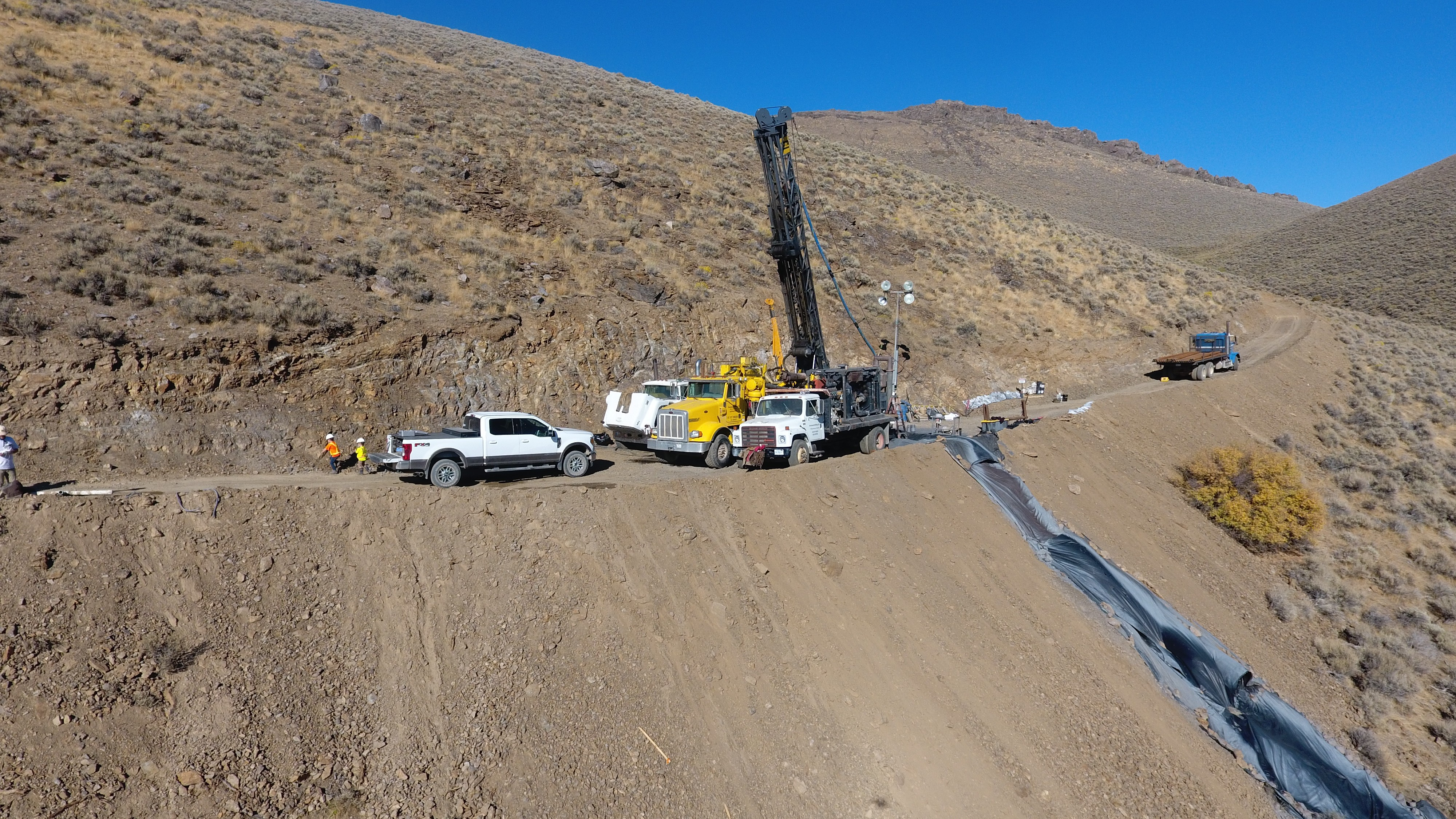In a lithium-ion battery, the lithium ions move to the anode during charging and move to the cathode during discharge. The KIST team succeeded in real-time observation of a silicon–graphite composite anode, which is being studied for its commercial use as a high-capacity battery. Theoretically, the charging capacity of silicon is 10 times higher than that of graphite, a conventional anode material. But the volume of silicon nanopowders quadruples during the charging process, making it difficult to ensure performance and safety.
It has been hypothesized that the nanopores formed during the mixing of the constituents of silicon–graphite composites can accommodate the volume expansion of silicon during battery charging, thereby changing the battery volume. However, the role of these nanopores has never been confirmed by direct observation with electrochemical voltage curves.
Using a self-designed battery analysis platform, the Korean researchers directly observed the migration of lithium ions into the silicon–graphite composite anode during charging and identified the practical role of the nanopores. It was found that lithium ions migrate sequentially into the carbon, nanopores, and silicon in the silicon–graphite composite.
Furthermore, they noted that the nano-sized pores tend to store lithium ions (fore-filling lithiation) before the lithium-silicon particles (Si lithiation), while the micro-sized pores accommodate the volume expansion of silicon as previously believed. Therefore, the research team suggests that a novel approach that appropriately distributes micro- and nano-sized pores to alleviate the volume expansion of silicon, thereby improving the safety of the material, is necessary for the design of high-capacity anode materials for lithium-ion batteries.
“Just as the James Webb Space Telescope heralds a new era in space exploration, the KIST battery analysis platform opens new horizons in material research by enabling the observation of structural changes in electric batteries,” Jae-Pyoung Ahn, head of KIST Research Resources Division, said in a media statement. “We plan to continue the additional research necessary for driving innovations in battery material design, by observing structural changes in battery materials that are not affected by atmospheric exposure.”




